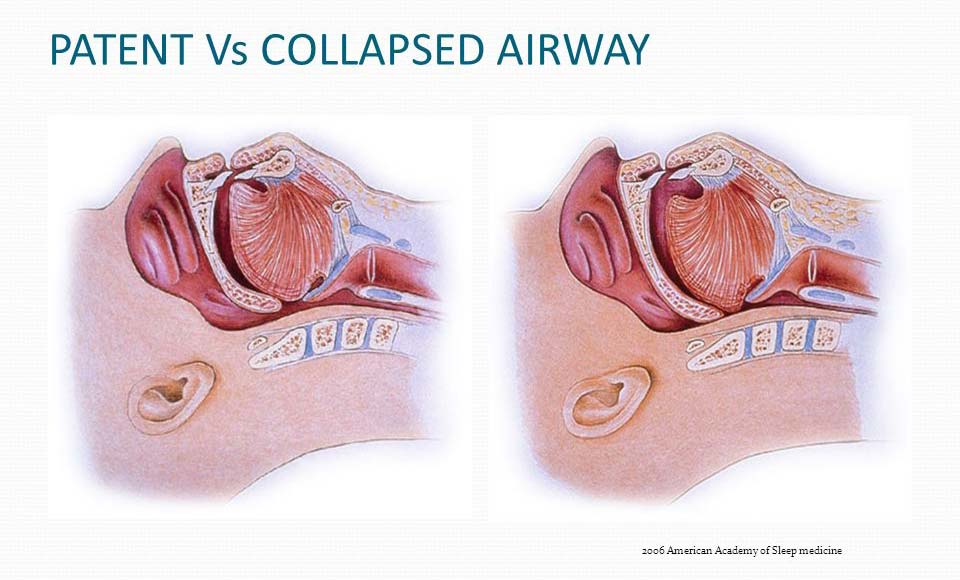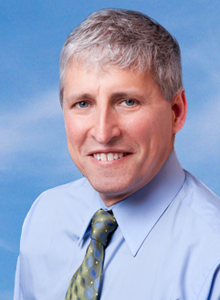
WHAT IS OBSTRUCTIVE SLEEP APNEA?
Obstructive sleep apnea is a common and potentially serious health issue that affects approximately 1 in 5 adults. During sleep, the upper airway becomes partially or completely blocked, causing breathing to repeatedly stop and start, or become very shallow. When this happens, there is an associated reduction of blood oxygen levels, called apnea episodes. Unfortunately, many sleep apnea sufferers do not know they have this condition and it goes undiagnosed and untreated until a health crisis occurs. If not treated, OSA can lead to hypertension (high blood pressure), strokes, morning headaches, anxiety, depression, GERD (gastroesophageal reflex disease) and many other related conditions, including death.
WHAT ARE THE WARNING SIGNS OF OSA?
-
- Daytime tiredness
- High Blood Pressure
- Snoring
- Heartburn/GERD
- Anxiety
- Increased Night Urination
- Depression
- Decreased Sex Drive
- Morning Headaches
- Memory Loss
HOW DO WE DETERMINE IF I HAVE OSA?
If OSA is suspected after a simple screening process [see link below], we refer the patient to a physician who specializes in sleep medicine. After a consultation, a sleep test (either at home or in a sleep lab) is performed to provide the objective data for the diagnosis. Once OSA is diagnosed, the treatment options will be explained to help determine what will be most comfortable and effective. Health insurance coverage will also be assessed, as some plans cover all, or a portion, of the recommended treatment.
CLICK HERE TO DOWNLOAD THE EPWORTH SLEEP SCALE TEST
WHAT ARE THE TREATMENTS OPTIONS FOR OSA?
Traditionally, CPAP [Continuous Positive Air Pressure], which is a pump-like machine that forces air through the narrow or blocked airway, is used during sleep. Although highly effective when used correctly and consistently, for most users CPAP therapy is not comfortable or tolerated very well so compliance is low and therefore only marginally effective.

A newer alternative to CPAP therapy for many people with OSA is Oral Appliance Therapy [OAT] with Mandibular Advancement Appliances [MAA]. This method uses dental mouth appliances to comfortably hold the lower jaw in a slightly more forward and open position, which gently expands the airway to the size of a ‘hose’ rather than a ‘straw.’ The device allows more air to enter the lungs naturally, regulates breathing, and decreases snoring. This device, which can be prescribed and monitored only by a dentist, is a reasonable alternative for the traditional CPAP therapy because it is more easily tolerated by most OSA sufferers.



